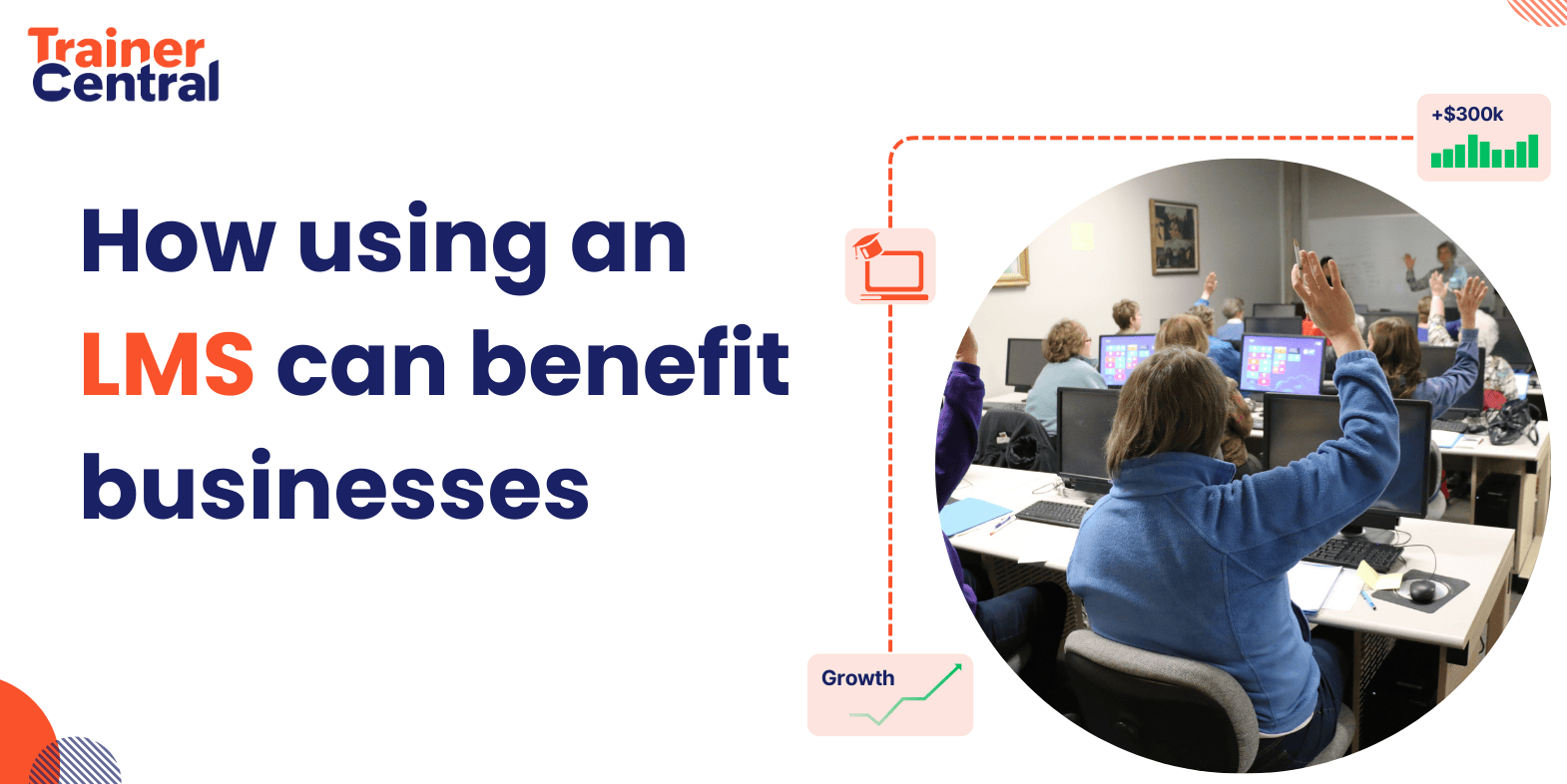- HOME
- E-Learning trends
- Immersive learning: leveraging technology to provide experiential training
Immersive learning: leveraging technology to provide experiential training
- Last Updated : November 23, 2023
- 387 Views
- 3 Min Read

Evolution is a continuous process, and throughout history, it has resulted in improvements and advancements. Everything from the past 500 years has evolved to a point that it is beyond recognition today, except the education system.
The evolution of education was stunted until the advent of the Internet. The internet bubble of the late 1990s opened the door to endless opportunities in many sectors—and education is not an exception.
The traditional board-and-chalk classroom model could be improvised with the inclusion of modern day technology. The traditional classroom education model focuses on prompting students to memorize information, rather than understanding and thinking through concepts.
Over the past two decades, e-learning has become a go-to alternative for on-campus education. It is flexible and easily accessible, giving it a broad appeal. With the increasing popularity of immersive learning, e-learning could eventually replace traditional education.
What is Immersive learning?
Immersive learning is a training methodology which employs an artificially simulated environment. The learner experiences and participates in real-world scenarios within a virtually created space, where they can learn and master new skills. Immersive learning combines the use of visual, sensory, and auditory experiences to engage learners and improve the quality of their education.

Why do we need immersive learning?
According to a study done by Dr. Eric Mazur of Harvard University, the brain reduces its neuronal activity while students are in class. When students are mere spectators in a classroom, just taking in all the information without relating it to a real-life scenario, it results in poor understanding of the subject.
Students tend to understand better when a concept is taught practically. In an on-campus classroom, practical teaching is limited to selective subjects and topics. Meanwhile, immersive learning can be used to teach any subject or topic in an AI-generated simulation environment, with near real-world accuracy. This helps learners interact with and immerse themselves within the subjects they are studying.
How does immersive learning work?
An AI-generated simulation environment is presented to learners using virtual reality, augmented reality, or mixed reality. Learners can access the virtual training through any of these tools. A fighter pilot, for example, could be trained to tackle dangerous conditions with virtual or mixed reality, without having to use a real aircraft. An individual training environment is presented to each learner, so they can learn and explore without any disturbances.

Tools that facilitate immersive learning
Virtual reality: Learners experience the virtual world through VR headsets, which allows them to enter the training environment.
Example: Medical and dental students can practice surgeries in a digital environment, without live patients.

Augmented reality: Learners can see digitally-created elements in the actual space around them through their smartphones or tablets.
Example: Pokémon GO is a popular mobile game, which uses augmented reality.

Mixed reality: Both virtual reality and augmented reality are used to produce a training environment. The digitally created elements co-exist with the learner's surroundings in real time.
Example: Snapchat filters incorporate digital elements with real scenarios using mixed reality technology.

360-degree videos: A real-world environment is recorded using 360-degree camera technology and presented to learners so they can study and experience the surroundings.
Example: Virtual tours of museums and zoos are made possible by 360-degree video technology.

The benefits of immersive learning
Unlike any other training model, immersive learning provides various benefits to learners by letting them explore the training environment virtually without any real-world risks. Some of the important benefits of immersive learning include:
Boosts confidence and participation: Training in a virtual environment helps users learn complex skills and maneuvers before performing them in the real world. This helps boost learners' participation and confidence.
Improves the quality of training: Learners get the opportunity to put theories into action. This helps them understand and remember the concepts better than traditional education models.
Unlocks learners' full potential: Immersive learning improves the decision-making ability of learners by empowering them to train using their visual, auditory, and kinesthetic senses.
Eliminates fear: Expensive training sessions involving high risk in the real world can be mimicked safely in an AI-generated virtual environment.
Delivers optimum results: It improves learners' engagement and provides a deeper understanding of the subject. The interactive and experiential design helps learners grasp new concepts easily.
The evolution of education is here
Immersive learning is a breakthrough in the online training industry. Recent technological advancements, including the rise of the metaverse and availability of affordable VR headsets, paved the way for this new trend. Considering the possibilities and expected growth of immersive learning, this model might not just become the future of e-learning, but the future of education itself.




